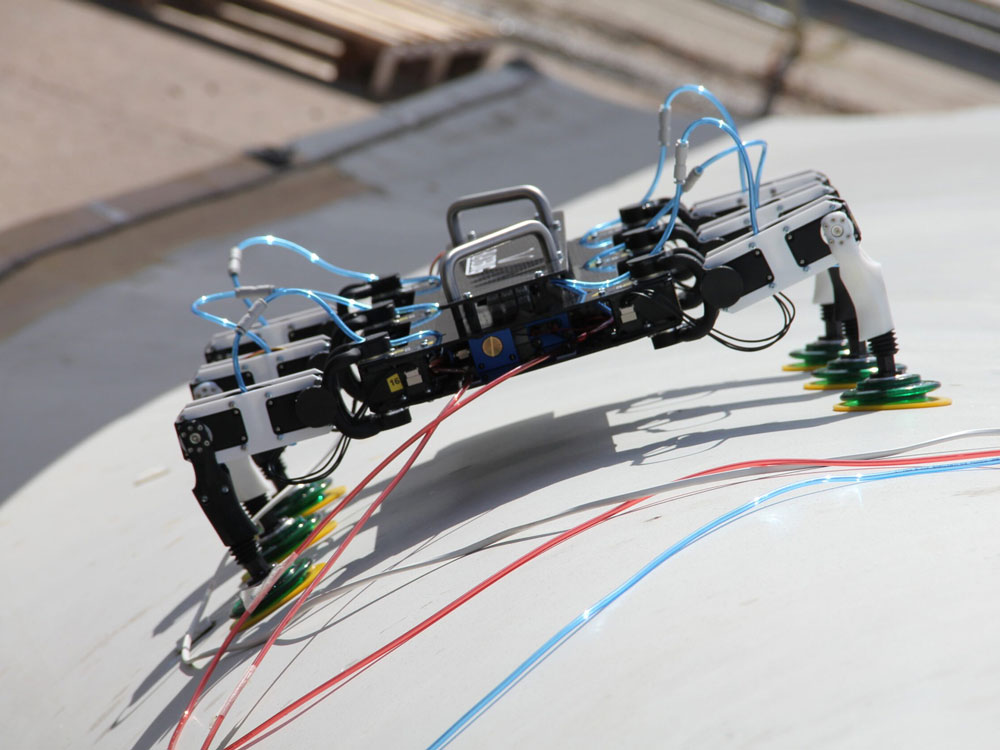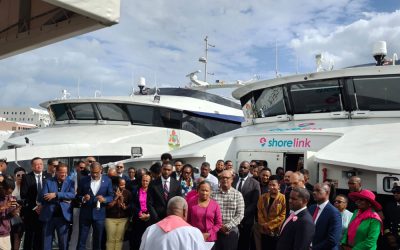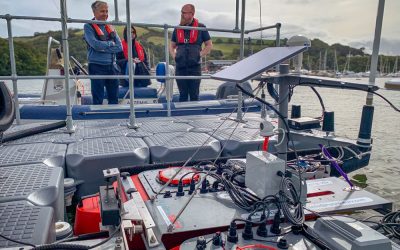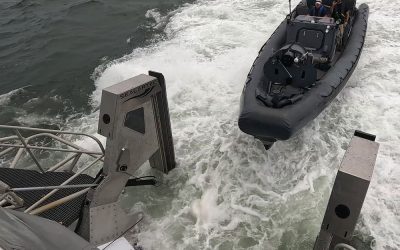The UK offshore wind industry must exploit robotics and autonomous systems to the hilt if it is to thrive, according to a report issued by the Offshore Renewable Energy (ORE) Catapult.
Titled Robotic & Autonomous Systems For Operations and Maintenance In UK Offshore Wind, the report, produced in partnership with Innovate UK’s Workforce Foresighting Hub and sponsored by RenewableUK, claims that robotics provide “an efficient alternative” to personnel working offshore, especially for tasks such as turbine blade inspections.
“There are currently 30,000 blades at UK offshore and onshore wind farms,” says ORE Catapult, pointing out the additional presence of “10 million bolts” that must be regularly checked for “loss of tension and integrity”. ORE Catapult adds: “There are 40,000 people currently working in the offshore wind industry. To meet the UK’s Clean Power 2030 targets, this workforce is forecast to increase to at least 74,000. A big uplift in the development of robotics and autonomous systems is required, alongside a workforce that has the skills to realise its full potential.”
Scott Young, RenewableUK’s head of skills, says: “The UK is set to ramp up offshore wind deployment significantly in the years ahead to meet the government’s targets of clean power by 2030 and net zero by 2050. We will be building new projects in deeper and more remote waters where using state-of-the-art robotics is the safest option, and therefore the most appropriate course of action.”
The report calls for expanded robotics content in existing college courses and greater opportunities for on-the-job training in this field. It also urges increased industry collaboration, recommending that turbine manufacturers and wind farm developers work more closely with robotics designers to optimise operations.
The report can be downloaded for free at the ORE Catapult website.




